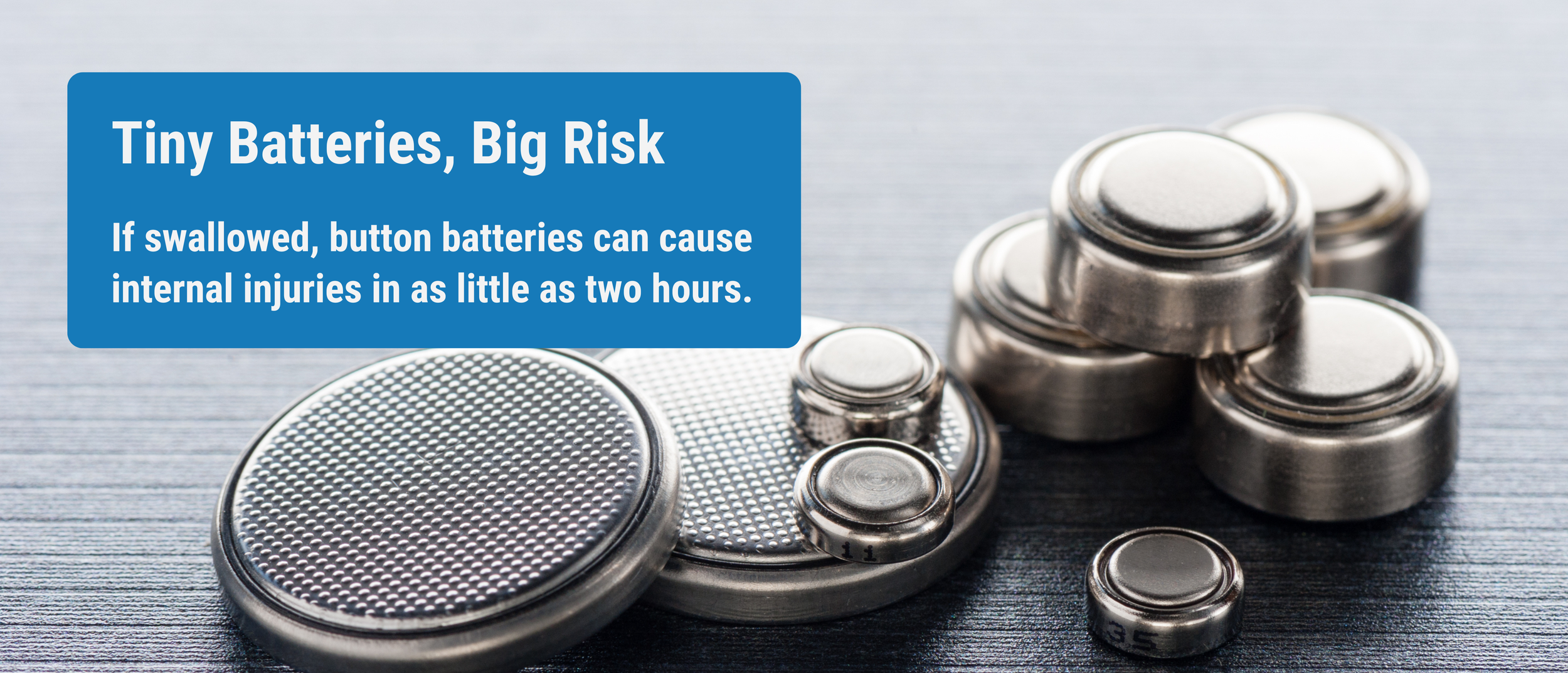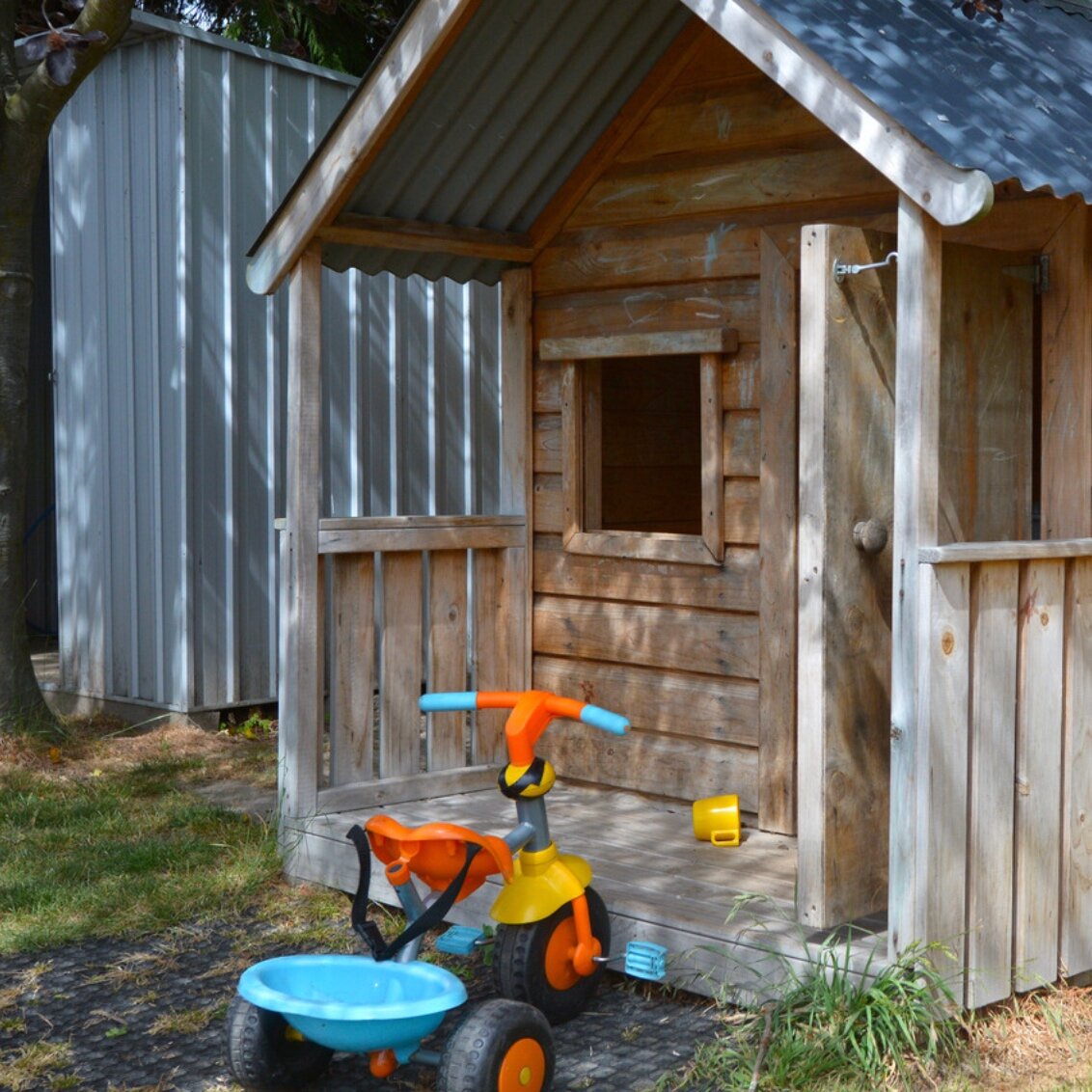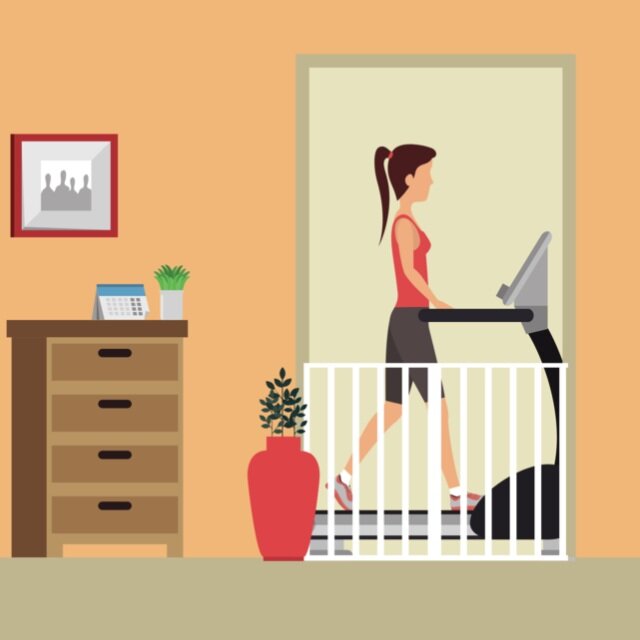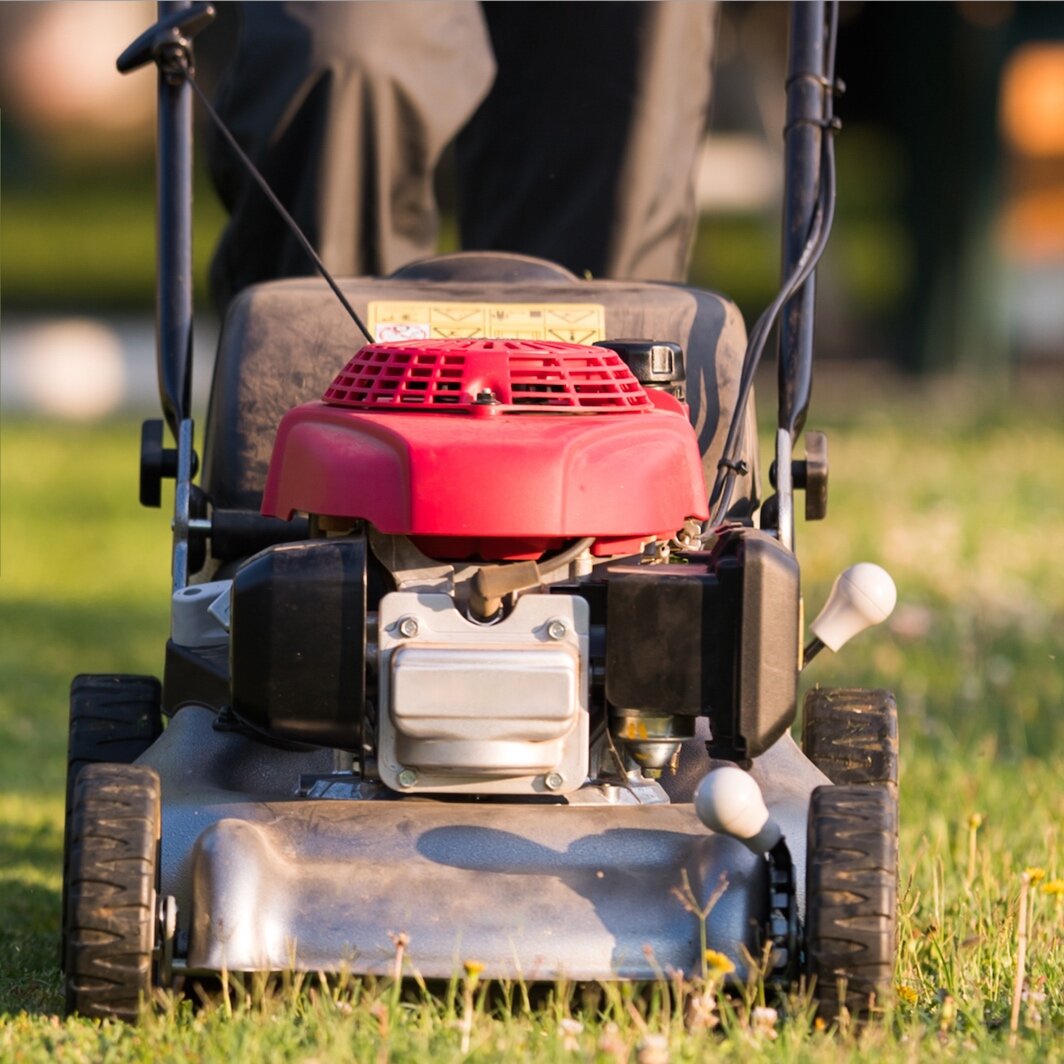These toolkits were created by Prevent Child Injury and other partners, each addressing a different child safety topic. Each toolkit is released to support a week-long campaign to raise awareness of the issue and provide parents and caregivers with clear, concise messaging about preventing that type of injury. After the campaign week, toolkits remain available for use in your outreach efforts.
Learn more about how Prevent Child Injury creates campaigns and tips for using the toolkits.
New Toolkit Available!
Our updated button battery safety toolkit is now available to the public.
The coordinated outreach week for this toolkit is May 19-25, 2025. Materials may be used during the outreach week and anytime after.
Social Media Content
Fireplace Safety
Keeping young children safer in the home.
Complete Library of Toolkits
This section will be updated with new toolkits and resources as they become available.
If swallowed, button batteries can cause serious injury or death in as little as two hours.
Bike Safety: With the proper gear, respect for the rules, and smart choices about when and where they ride, you can set your kids up to have fun and stay safer out on their bikes.
An alarm is the only way to know if there are dangerous levels of carbon monoxide in your home.
Demonstrating good driving habits will show your children that you take safety seriously.
Give them a spot of their own: a safe, fenced-in play area keeps children away from hazards on the farm.
Every 86 seconds, a home fire breaks out in the U.S. Could your family get out in two minutes or less?
ASK Day is June 21st, but gun safety matters every day. Before dropping your child off at a friend’s house, ask about firearm storage in the home.
Scalds from hot food or drinks are one of the most common burns requiring hospital care for children under age 5.
More than half of choking incidents among children are caused by food. Learn how to keep your kids safer for meals, snacks, and every bite in between.
Protect kids from toppling furniture and TVs with simple tools and anti-tip kits.
Kids in hot cars: when children are left in or gain access to cars, temperatures as low as 57 degrees can become deadly in minutes.
High-powered magnets are a “hidden hazard” that put all children—including older children and teens—at risk.
By taking some simple safety steps, you can protect the whole family while still using your home exercise equipment.
Highly-concentrated laundry detergent packets are more poisonous than traditional liquid or powder detergent.
Keep young children away from lawn mowers, preferably inside the home with an adult, to protect them from lawn mower-related injuries.
Each year, U.S. poison control centers receive thousands of calls about young children who have been exposed to vaping-related products.
Nine out of every 10 poisonings for children ages 12 and younger involve medication errors or unsupervised children taking medicine on their own.
Teens are the second most at-risk age group for drowning. Talk to your teen about how to make safe and smart decisions when swimming in open water.
Most playground injuries are caused by falls. Keep your child safer by choosing a playground with safe surfacing under and around equipment.
Millions of unsafe products are recalled every year. Go to SaferProducts.gov to learn about and report safety problems with items your family uses.
Data from the CDC shows that more than 3,400 babies die each year, often from sudden infant death syndrome (SIDS) and sleep-related suffocation and strangulation.
Shopping cart injuries are more than pinched fingers. Learn how to prevent your child from a serious head or neck injury before you shop.
Thousands of children end up in the hospital every year due to sledding injuries. Keep your child on the hill by preparing ahead of time.
Safety steps: when carrying a child up or down steps, protect your most important cargo by carrying the child only, leaving one hand free to hold on to the railing.
Showing children the importance of sun safety when they’re young lays the groundwork for a lifetime of healthy skin habits, protecting them from painful burns in the short-term and skin cancers when they’re older.
Drowning is the leading cause of death for children ages 1 to 4 years and the second leading cause of injury death in children ages 5 to 9 years.
Each year, National Teen Driver Safety Week brings attention to teen car crashes, which are a leading cause of death for teens in the United States.
Teens are more likely than younger children to be killed by a vehicle. When was the last time you talked to your teen about walking safety?
Every three weeks in the U.S., a child dies from a TV tip-over, and hundreds more are injured.
Unintentional injuries still account for 40% of the child deaths in the United States—more than any other cause.
Every day, about 9 kids younger than 5 years are treated in a U.S. emergency department for injuries from window falls.
Every 25 seconds, a young athlete suffers a sports injury severe enough to be treated in an emergency department.
Make sure they know that you have their back, and resources like the 988 support line are there to help, too.









































Amusement rides are not regulated as closely as you may think. Learn how to keep your child safe before they get on a ride.